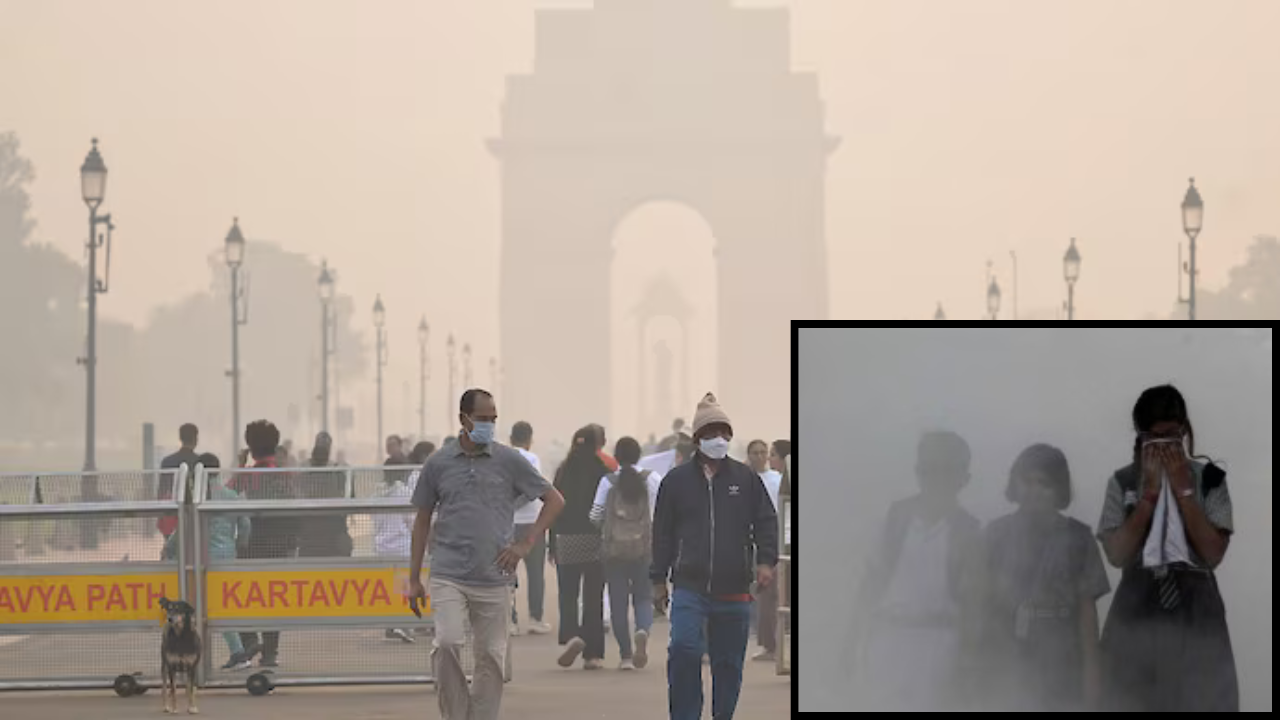 English
English

As dangerous smog engulfs Delhi and the National Capital Region and evidence mounts that monitoring systems failed during Diwali, the Supreme Court will hear the matter on November 12, will this judicial intervention lead to meaningful relief for millions choking on polluted air?

Only 9 out of 37 air‑quality monitoring stations in Delhi were functional during Diwali.
New Delhi: The apex court flagged a serious gap in the pollution‑monitoring apparatus across Delhi. Counsel appearing before the bench revealed that of the 37 designated monitoring stations in Delhi only nine were functioning during the key Diwali period, a time when pollution is known to spike. This raised a fundamental question: how can authorities decide when to trigger the Graded Response Action Plan (GRAP) or impose bans when the data themselves are suspect? The bench directed the CAQM and CPCB to file a fresh affidavit detailing not only corrective steps but also the status of all stations and reasons for delay.
While crop‑residue burning in states like Punjab and Haryana remains a major contributor to the smog in Delhi‑NCR, experts point to multiple fault‑lines. Vehicle emissions, industrial pollutants and weather conditions that trap particulate matter close to the ground all combine to push the AQI into “very poor” or worse categories each winter. The presence of dysfunctional monitoring stations further weakens the system of pre‑emptive action. Without reliable triggers, curbs risk being delayed until it is too late.
Delhi AQI hits 700; Capital engulfed in dust and toxic smog
When the Supreme Court hears the pollution case on November 12, several core issues will be under scrutiny:
Delhi AQI Today: THESE 4 Areas Cross 400 Mark, IMD Gives Hope For Rain
Judicial directives alone cannot clear the air. For change to be tangible and sustained, the following are critical: